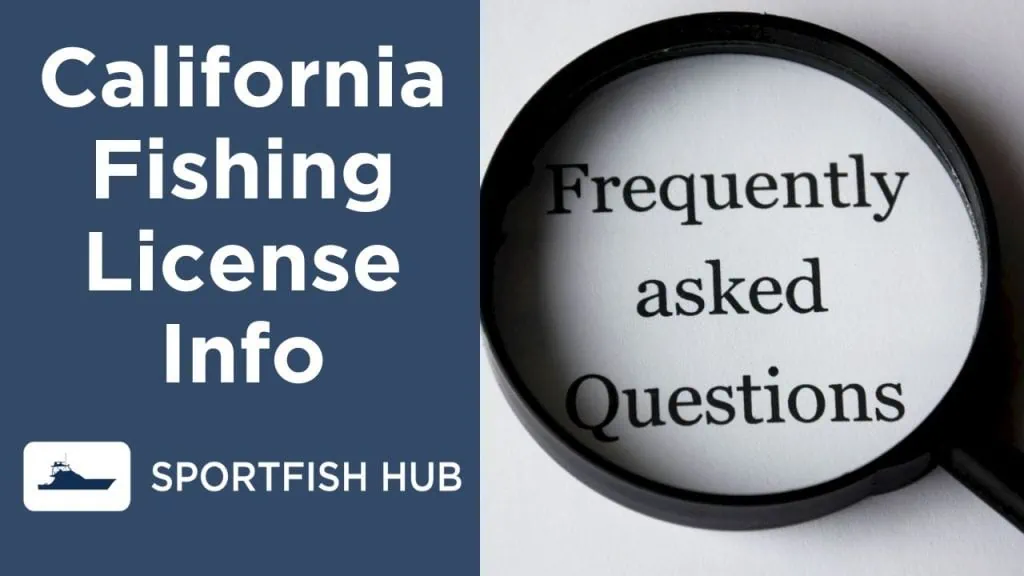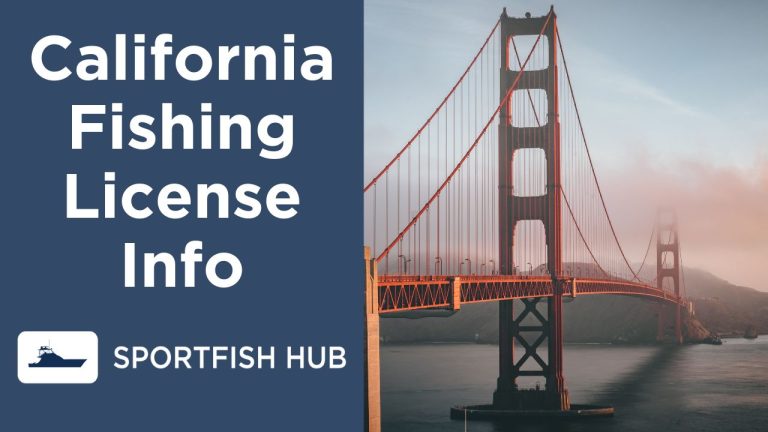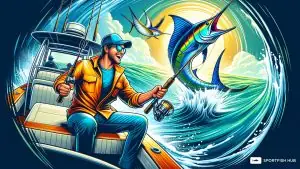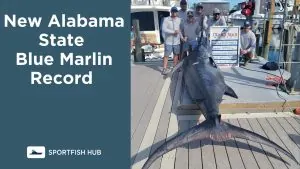Welcome to our comprehensive guide on California fishing licenses in 2023. Whether you’re a resident angler or a visitor planning a fishing trip in the Golden State, understanding the rules and regulations about fishing licenses is crucial. In this guide, we’ll cover everything from who needs a license, the different types available, their costs, and where to purchase them. Let’s dive in!
Table of Contents
- Who Needs a Fishing License in California?
- Types of Fishing Licenses in California
- Cost of Fishing Licenses
- Fishing License Costs
- Lifetime License Costs
- Where to Buy a California Fishing License
- Replacing a Lost or Stolen License
- Understanding Fishing Report Cards
- FAQ:
- Can I have my fishing license on my phone in California?
- Does California have a senior citizen fishing license?
- How much does a senior fishing license cost in California?
- How old do you have to be to get a free fishing license in California?
- Can you fish off a pier without a license in California?
- Rules and Regulations
- Penalties for Fishing Without a License
- Tips for a Successful Fishing Trip in California
Who Needs a Fishing License in California?
In California, as of 2023, every angler aged 16 or older needs to purchase a fishing license. This requirement applies to both residents and non-residents, regardless of whether you’re fishing independently or aboard a for-hire charter boat. However, there are a few exceptions:
- You don’t need a license to fish on public piers.
- You don’t need a license on Free Fishing Days, which are designated by the California Department of Fish and Wildlife (CDFW).
- Anglers under 16 don’t need a license, but they do need a report card for certain species.
Types of Fishing Licenses in California
California offers a variety of fishing licenses to cater to different needs and circumstances. Here’s a breakdown:
- One-Day License: Ideal for short-term fishing trips. Costs $19.18 for both residents and non-residents.
- Two-Day License: Perfect for a weekend getaway. Costs $29.42 for both residents and non-residents.
- Ten-Day Non-Resident License: Designed for non-residents planning an extended fishing trip. Costs $58.58.
- Annual License: For avid anglers who fish year-round. Costs $58.58 for residents and $158.25 for non-residents.
- Lifetime License: Available for California state residents only. This license allows you to receive a new annual fishing license each year for as long as you want to keep fishing. The cost varies depending on the age of the angler.
In addition to these, California offers special licenses for Disabled Veterans, Recovering Service Members, Low-Income Seniors, and others at a reduced rate.
Cost of Fishing Licenses
The cost of a fishing license in California varies depending on the type of license and the angler’s residency status. Here’s a detailed breakdown:
Fishing License Costs
One-Day License for Residents and Non-Residents: $19.18
Two-Day License for Residents and Non-Residents: $29.42
Ten-Day Non-Resident License: $58.58
Annual License for Residents: $58.58
Annual License for Non-Residents: $158.25
Lifetime License Costs
Lifetime License for 0-9 Years: $644.50
Lifetime License for 10-39 Years: $1054.25
Lifetime License for 40-61 Years: $949.75
Lifetime License for 62+ Years: $644.50
The fees collected from fishing licenses are used for fishery conservation, education, and other valuable programs.
Stay tuned for the next sections, where we’ll cover where and how to purchase a fishing license, understand fishing report cards, replace a lost or stolen license, and the rules and regulations you need to follow. Happy fishing!
Where to Buy a California Fishing License
Purchasing a California fishing license is a straightforward process. You can buy one directly from the California Department of Fish and Wildlife (CDFW) either online or at one of their licensed sales offices. Other options include licensed retailers like Walmart, Big 5 Sporting Goods, local tackle shops, and even some online stores like Squidco Fishing. Please note that CDFW offices do not accept cash payments.
Replacing a Lost or Stolen License
Misplace your license? Don’t worry! You can obtain a duplicate sport fishing license online or at a CDFW license sales office. The cost for a duplicate sport fishing license is $12.96, while replacement Ocean Enhancement and Second Rod Validations are $3.50. Replacement Sturgeon Report Cards are only available in CDFW license sales offices and cost $17.51.
Understanding Fishing Report Cards
In California, anglers fishing for certain species must have the appropriate report cards along with their licenses. These species include Steelhead, Spiny Lobster, and Sturgeon. A North Coast Salmon report card is also mandatory when fishing for Salmon in the Klamath, Trinity, and Smith Rivers.
Here’s a breakdown of the cost for each report card:
- Sturgeon: $10.29
- Salmon (Smith or Klamath-Trinity River Systems): $8.13
- Steelhead: $9.21
- Spiny Lobster: $11.62
Remember to return your report card to the CDFW by January 31 of the following year or by April 30 of the current year for Spiny Lobster. You can report your card online or mail it to the address on the card.
FAQ:

Can I have my fishing license on my phone in California?
As of 2023, California does not offer a digital fishing license. All fishing licenses must be carried in physical form while fishing.
Does California have a senior citizen fishing license?
Yes, California offers a reduced-fee sport fishing license for residents who are 65 years of age or older and receive benefits through Supplemental Security Income (SSI) or Cash Assistance Program for Aged, Blind, and Disabled Legal Immigrants (CAPI).
How much does a senior fishing license cost in California?
As of 2023, the cost of a senior fishing license in California is not specified. It’s recommended to check the latest fees on the official CDFW website.
How old do you have to be to get a free fishing license in California?
In California, anglers under the age of 16 can fish without a license.
Can you fish off a pier without a license in California?
Yes, you can fish off a public pier in California without a fishing license. However, if you’re 16 or older, you must have a fishing license to fish off a private pier, or any other part of the Californian coast.
Rules and Regulations
Fishing in California comes with its own set of rules and regulations that every angler must follow. These rules are designed to protect fish populations and ensure that future generations will have good fishing opportunities. It’s important to note that you don’t need a license if you’re fishing from a public pier or on the state’s designated free fishing days. The CDFW website lists these dates.
Stay tuned for the next sections, where we’ll cover more about the fishing regulations in California, the penalties for fishing without a license, and some tips and tricks for a successful fishing trip in the Golden State. Happy fishing!
Penalties for Fishing Without a License
Fishing without a license in California is a serious offense. The state has strict regulations to protect its fish populations and ensure that future generations will have good fishing opportunities. If you’re caught fishing without a license, you could face a fine of up to $1,000 and up to six months in jail.
In addition to the fine, you may also be required to pay the cost of the fish you caught, which can add up quickly. For example, if you’re caught fishing for salmon without a license, you could be charged up to $250 per fish.
It’s also important to note that fishing without a license can result in the suspension of your fishing privileges. The California Department of Fish and Wildlife (CDFW) has the authority to suspend your fishing privileges for up to three years if you’re caught fishing without a license.
Tips for a Successful Fishing Trip in California
California offers a wide variety of fishing opportunities, from the Pacific Ocean to its many lakes, rivers, and streams. Here are some tips to help you have a successful fishing trip in the Golden State:
- Know the Regulations: Before you head out, make sure you understand the fishing regulations for the area you’ll be fishing in. This includes size and bag limits, as well as any special regulations for certain species or areas.
- Choose the Right Gear: The type of gear you’ll need depends on what kind of fishing you’ll be doing. For example, if you’re fishing for trout in a mountain stream, you’ll need a different setup than if you’re fishing for tuna in the ocean.
- Check the Weather: The weather can have a big impact on fishing conditions. Check the forecast before you go and be prepared for changing conditions.
- Practice Catch and Release: If you’re not planning to eat the fish you catch, consider practicing catch and release to help preserve fish populations.
- Be Respectful of Nature: Remember to clean up after yourself and leave no trace. This helps protect the environment and ensures that others can enjoy the same fishing spots in the future.
Remember, the most important part of fishing is to have fun and enjoy the experience. Whether you’re a seasoned angler or a beginner, fishing in California offers something for everyone. Happy fishing!












